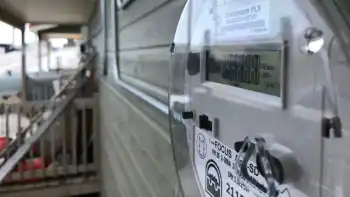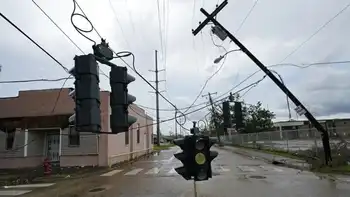Gadget boom sends power bills soaring
By The Observer
Substation Relay Protection Training
Our customized live online or in‑person group training can be delivered to your staff at your location.

- Live Online
- 12 hours Instructor-led
- Group Training Available
The proliferation of plasma televisions, high-end PCs and mobile phones is causing energy consumption to soar. These devices currently account for 25% of the electricity used by UK households and projections by the Energy Savings Trust (EST) show this will rise to around 45% by 2020. Per household, this means an increase in energy use of 1,000kWh per year at present, to 1,700kWh in 2020 and, at today's electricity prices, this will cause a jump in bills from just under £140 per year to £237.
Around the world, the energy consumed by information, communication and consumer technologies will double by 2022 and triple by 2030, according to a study by the International Energy Agency (IEA), to a total of 1,700 terawatt hours. This is equivalent to the current combined total domestic electricity consumption of the United States and Japan, at a cost to households of around $200 billion in electricity bills and requiring the addition of approximately 280 gigawatts of new generating capacity between now and 2030. "This could be a serious situation for the world if the manufacturers of these products don't get their act together and start taking energy efficiency seriously," said Paula Owen, of EST.
In its report, the IEA showed that in the next seven months the number of personal computers around the world will pass the one billion mark. Although electronic devices account for around 15% of the global household electricity use, that share is rising. There are almost two billion televisions in the world, an average of 1.3 sets in every home with electricity, and more than half the world's population subscribe to a mobile phone service.
Owen said that as well as an increasing number of gadgets, the desire for bigger versions that can do more things has increased power demands. "As new models of these gadgets come out, they tend to do more. A good example is the PC — they've got bigger memories, dual processors, they have massive graphics cards and these raise the energy load."
The rise in power use by entertainment and information technology is the reverse of trends in the rest of the house. In the kitchen, for example, manufacturers have been very successful at improving the efficiency of fridges, dishwashers and washing machines.
Nobuo Tanaka, IEA director, said governments must regulate electronic devices to make them more energy-efficient. "Despite anticipated improvements in the efficiency of electronic devices, these savings are likely to be overshadowed by the rising demand for technology."
• The first plasma-screen televisions used up to three times as much electricity as the standard CRT ones they replaced. Newer models tend to be slightly more efficient, but still use a considerable amount of power.
• Newer TVs do more things — modern ones can also incorporate a set-top box to receive digital channel signals and can also be used to play digital radio. Traditionally, listening to radio has been a low-energy pastime but can become an energy-intensive one using modern TVs.
• Electrical products such as DVD players and hard disk recorders can be left on 24 hours a day as standby functions are used rather than the "off" button. Some products no longer have a manual "off" switch, making it impossible to switch them off except at the wall socket.
• A home office can contain a power-hungry desktop computer with a big screen, a printer, a scanner and a fax. Most are generally left on standby, with printers particularly inefficient in their resting state.











